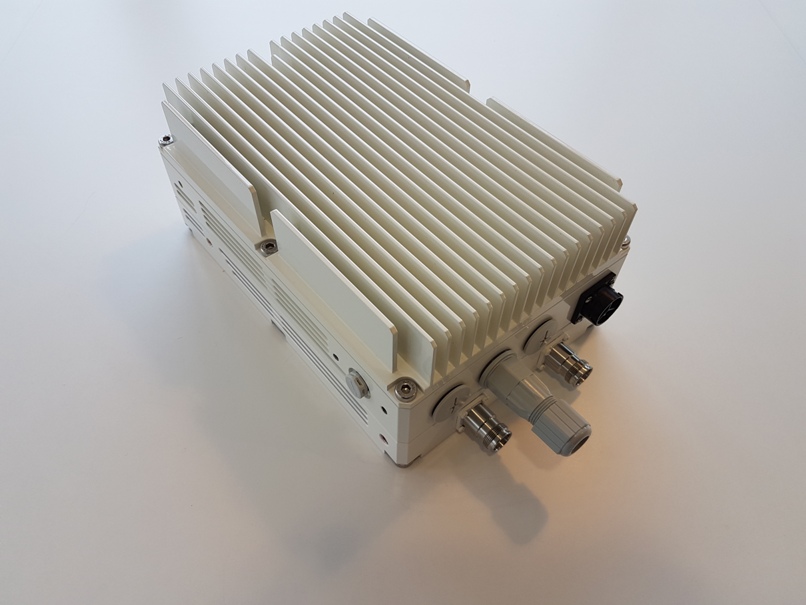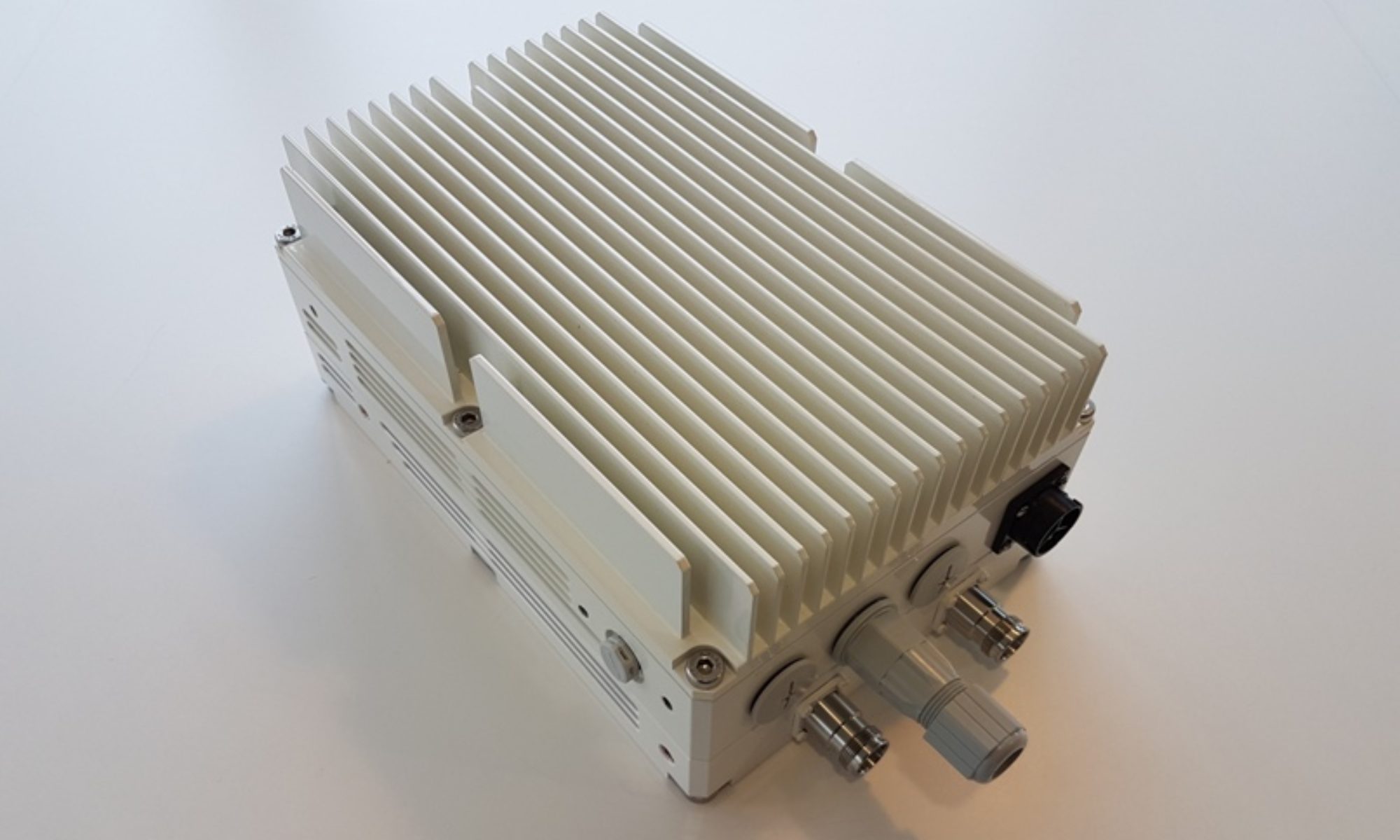CPRI, eCPRI and open vRAN: What’s happening?
Common Public Radio Interface (CPRI) has been around for quite some time. But now, enhanced CPRI (eCPRI) is becoming an important technology to understand for 5G.
Before looking in detail at eCPRI, it’s helpful to understand some of the basic topology of the cellular network, which currently uses CPRI.
CPRI, Remote Radio Heads (RRH) in 4G and 5G

At the outer circle of a cellular network topology, remote radio units (RRUs) are distributed every few miles in cities and suburban areas. These RRUs comprise antennas and also some compute functionality.
Fiber runs from a cluster of these RRUs to connect to a more centralized baseband unit. The baseband unit is also sometimes called the “central processing unit.” Baseband units are typically distributed within approximately 10-mile circles for good coverage in populated areas. The connection between the RRUs and the base station is often referred to as “fronthaul.”
eCPRI
CPRI is an interface that sends data from the RRUs to the baseband unit: CPRI is a serial interface, which is a very high-speed connection, a way to translate all those radio signals back to the computing function.
As we go to 5G, the fiber between the RRUs and the baseband unit is going to carry much more traffic, and that makes it more difficult to do a serial interface. Extreme 5G requirements are stretching the limits of fiber bandwidth.
Enter eCPRI, which is a way of splitting up the baseband functions and putting some of that functionality in the RRU to reduce the burden on the fiber.
AT&T is among many carriers that are working on eCPRI. AT&T has made “the world’s first” eCPRI connection for mmWave at its 5G Labs in Redmond, Washington. AT&T made calls testing eCPRI, using systems from both Nokia and Samsung Electronics America.
This opens the door for higher network throughput with less fiber, which will create more efficient mmWave deployments, among other benefits, This is also a significant step in creating an open architecture within the radio access network (RAN).
Vendor lock-in
Another problem with the CPRI interface today is that it has become a proprietary technology.
In addition to supporting more bandwidth across fewer fibers, the enhanced CPRI also addresses the proprietary concerns. eCPRI will be an open interface, making it easier for carriers to mix and match vendor equipment for their RRUs and their baseband units.
Historically, because each vendor would have its own implementation of CPRI, it became proprietary. This forces carriers to buy both their RRUs and their baseband unit from the same vendor in order for the interface to work. With O-RAN this interface will be open. Carriers such as AT&T who implement eCPRI will be able to run equipment from different vendors, or even generic off-the-shelf equipment.
However, existing networks with CPRI installed will most likely remain in place for years to come.
For Further Information
To find out more about CPRI and eCPRI, please Contact Us
